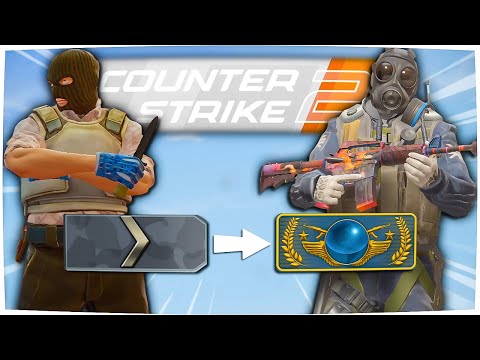The Insight Hub
Your go-to source for the latest insights and news across various topics.
Dodge Defeat: Surprising ESEA Tips for CS2 to Outplay Your Rivals
Unlock your CS2 potential with these game-changing ESEA tips! Outplay your rivals and dominate the competition like never before!
Mastering Movement: Essential ESEA Tips for Outsmarting Your Opponents in CS2
Mastering movement in CS2 is vital for outsmarting your opponents, and understanding the fundamentals of ESEA can significantly improve your gameplay. One of the key aspects to focus on is your **push and hold technique**. By using your keyboard efficiently with a combination of WSAD movements, you can enhance your speed and accuracy. This is essential in dodging enemy fire and positioning yourself to strike first. Additionally, practicing your strafing skills with a and d will help increase your unpredictability, making it harder for enemies to hit you. Take the time to master these movements in training maps before jumping into a competitive match.
To further refine your movement techniques, consider utilizing the **counter-strafe method**. This allows you to stop instantly and shoot accurately even while in motion, providing you with a distinct advantage in tight engagements. Additionally, pay attention to your jump mechanics. Learning to combine jumps with crouches can create obstacles for enemies attempting to track your position. Incorporate these movement tips into your daily practice routine and watch how your strategy evolves as you gain the upper hand over your opponents in ESEA matches.

Counter-Strike is a popular series of multiplayer first-person shooter games that pits teams against each other in various game modes. One of the most sought-after weapons in the game is the karambit blue steel, known for its distinctive design and gameplay impact.
Top 5 Common Mistakes to Avoid in ESEA Matches for CS2 Players
When it comes to competitive play in ESEA matches for CS2 players, avoiding common pitfalls is essential for achieving success. One of the primary errors players make is neglecting communication with their teammates. Whether it's failing to call out enemy positions or not sharing game plans, lack of communication can lead to disorganization and unexpected losses. Make it a habit to communicate effectively, whether through mics or in-game chat, to ensure that everyone is on the same page.
Another major mistake is inconsistent practice routines. Players often underestimate the importance of warming up before matches, leading to poor performance in critical moments. Establish a regular practice schedule that includes aim training, map knowledge enhancement, and teamwork drills. By prioritizing these foundational skills, you'll be better prepared for the high-stakes environment of ESEA matches.
How to Analyze and Leverage Map Control: A Guide for CS2 Competitors
Understanding map control is crucial for any competitor in CS2, as it can greatly influence the outcome of a match. To effectively analyze map control, players should begin by assessing the current state of the game—taking note of which areas are held by each team. Utilize tools like demo reviews to pinpoint how often your team is able to secure key positions, such as bombsites or chokepoints. Consider creating a checklist to analyze areas of conflict:
- Key locations held by your team
- Enemy positions and movements
- Timing of map control shifts
Once you have a solid grasp of your team's map control, it's time to leverage this knowledge strategically. Communicate with your teammates about positions that need reinforcement and plan tactical plays based on your analysis. A great way to do this is by establishing a rotational strategy that allows your team to maintain pressure on the enemy while ensuring that you do not overextend into poorly controlled areas. Always remember, effective map control means not just holding ground but also denying the enemy their ability to rotate and gain advantages.